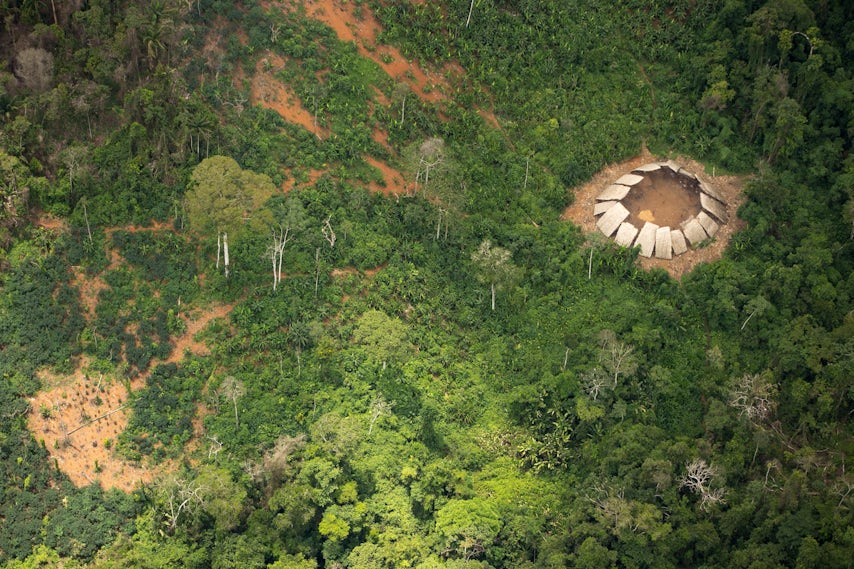This feature has been created in collaboration with URBANNEXT, a multi-platform aimed at developing, disseminating and distributing content centered on architecture through a focus on the contemporary human milieu and its challenges.
“How can you find an artful way to clean the soil? How can you find an artful way to manage the storm-water? I call this the art of survival. Because we are facing the problem of survival,” says Kongjian Yu in an interview for urbanNext. Finding ecologically responsible yet “artful” solutions to the current crises of urbanization is the central concern of the landscape architect, founding principal of the Chinese studio Turenscape.
For Yu, landscape architecture has a powerful role to play in the design of our cities, the management of density and the controlling of adverse ecological conditions — flooding, drought, pollution — which can disrupt daily life. While planners and engineers have been designing what he calls “grey infrastructure” — pipelines, highways, power lines — for years, Yu believes these services can be provided more holistically by empowering more natural ecological processes, what he calls “green infrastructure.”
“My proposal is we have an ecological infrastructure. Today the Chinese government has picked up the word sponge-city, which is fantastic. The sponge-city uses natural forces to clean the water, to store the water and also to retain the water. Now that’s the wisdom of the farmers,” says Yu in the interview.

Yanweizhou Park in Jinhua, China
Turenscape has tackled a number of regeneration projects in China’s wetlands, providing better water management and draining while creating immersive parklands for locals. Most notably, Turenscape was awarded the Landscape Park of the Year award in 2015 at the World Architecture Festival for Yanweizhou Park in Jinhua, China. The firm was tasked with creating a public promenade over the convergence of three rivers, a vulnerable wetland area.

Yanweizhou Park in Jinhua, China
The firm removed a concrete flood wall that has been wreaking havoc on the wetland’s natural ecosystem and instead employed natural ecological systems to engender healthier drainage. Creating terraced embankments, the firm was able to control floods through absorption while providing a space to integrate pedestrians with the wetlands. The firm also created a series of meandering, elevated pathways, which created a throughway for pedestrians over the river, providing a chance to intermingle with the wetlands on a daily basis.

The Slow Down: Liupanshui Minghu Wetland Park in Liupanshui, Guizhou Province via ASLA
Turenscape employed similar tactics in its project The Slow Down: Liupanshui Minghu Wetland Park in Liupanshui, Guizhou Province. The firm was similarly tasked with redressing poor drainage infrastructure: In this case the river was narrowed in the 1970s to control flooding, which was unsuccessful and again damaged the naturally occurring ecosystem of the wetland. By widening the river and introducing a series of terraced pools, the firm restored natural drainage and absorption processes.

The Slow Down: Liupanshui Minghu Wetland Park in Liupanshui, Guizhou Province via ASLA
Like in the Jinhua project, Turenscape transformed the once precarious site into an elevated parkland with undulating rainbow bridges meant to slow down pedestrians, encouraging them to enjoy the natural splendor of a thriving ecological community.
Words by Joanna Kloppenburg
{% partner_block logo=”/static/img/partners/urbannext.png” description=”urbanNext is a multi-platform aimed at developing and distributing architectural content.” call_to_action=”Visit urbanNext →” url=”https://urbannext.net/” %}




